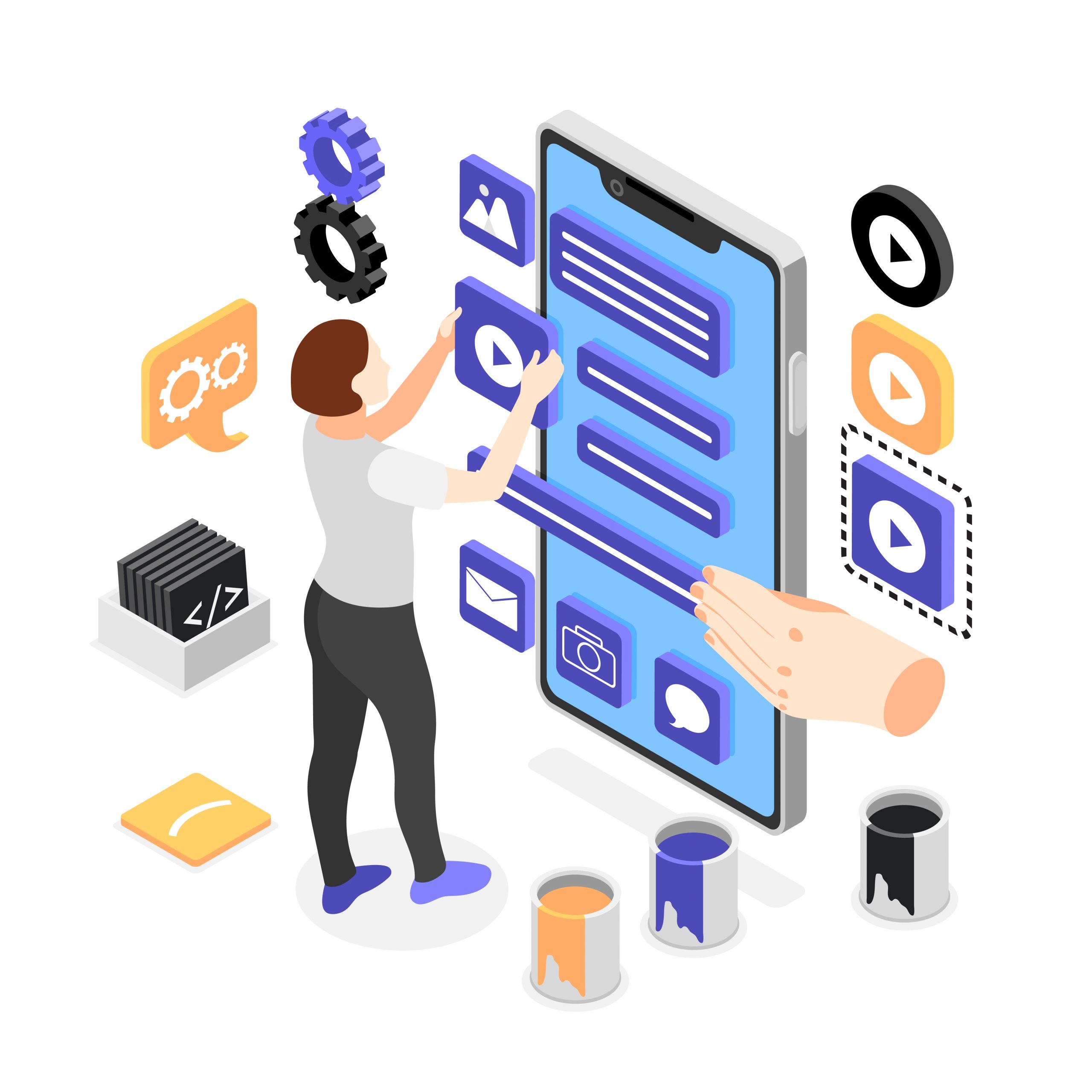Powering iOS App Development with Objective-C
Introduction Powering iOS App Development with Objective-C
In the world of mobile app development, Objective-C has long been a cornerstone for creating iOS applications. With its rich history, seamless integration with Apple’s ecosystem, and a combination of traditional and modern features, Objective-C remains a popular language for iOS app development. In this blog post, we will explore Objective-C, its key features, advantages, and how it continues to play a vital role in shaping the iOS app landscape. Let’s dive in!
What is Objective C?
Objective-C is a general-purpose, object-oriented programming language that was introduced in the early 1980s. It is a superset of the C programming language, which means that it retains all the features of C while adding object-oriented capabilities. Objective-C was created by Brad Cox and Tom Love and gained prominence when it became the primary programming language for developing applications on Apple’s iOS platform.
Roles in modern powering iOS App Development
1. Object-Oriented Programming (OOP) Paradigm:
Objective-C is an object-oriented programming language, which means it follows the principles of OOP. Developers use classes and objects to model real-world entities and encapsulate data and behavior within them. Classes act as blueprints or templates for creating objects, and objects represent instances of those classes.
2. Defining Classes and Objects:
To use Objective-C, developers start by defining classes. A class contains properties (data) and methods (functions) that define its behavior. For example, a “Person” class may have properties like name and age, along with methods like “sayHello” or “calculateAge.”
3. Message Passing and Method Invocation:
In Objective C, communication between objects is achieved through message passing. Objects send messages to each other to invoke methods and interact. For example, if an object of the “Person” class wants to greet another person, it would send a message “sayHello” to the other person’s object, triggering the corresponding “sayHello” method.
4. Dynamic Runtime:
One of Objective-C’s distinguishing features is its dynamic runtime system. This allows for dynamic method resolution and method swizzling, making it possible to add or modify methods at runtime. Dynamic runtime capabilities give Objective-C significant flexibility, enabling developers to implement features like category extensions, method interception, and runtime introspection.
5. Memory Management with Automatic Reference Counting (ARC):
Objective-C historically required manual memory management, where developers had to manage memory allocation and deallocation explicitly. However, with the introduction of Automatic Reference Counting (ARC) in iOS 5, memory management is largely automated. ARC automatically adds and removes retain/release calls, reducing the chances of memory leaks and crashes related to memory management.
6. Integration with Cocoa Touch:
Objective-C seamlessly integrates with Apple’s Cocoa Touch framework, which provides a set of pre-built user interface components (UIKit) and APIs for developing iOS applications. Developers use Objective-C to create UI components, handle user interactions, and interact with the device’s features and capabilities.
7. Bridging with Swift:
As Swift gained popularity as Apple’s modern programming language for iOS app development, Objective-C remains relevant due to its interoperability with Swift. Developers can use Objective-C and Swift code together in the same project, making it possible to incrementally transition from Objective-C to Swift or vice versa. This bridging capability allows developers to leverage both languages and access the extensive libraries available in both ecosystems.
8. Supporting Legacy Codebases:
Many existing iOS apps and libraries are written as to Powering iOS App Development with Objective-C. Developers working with these legacy codebases need to be proficient in Objective-C to maintain and enhance these apps while incorporating newer features and technologies.
Conclusion Powering iOS App Development with Objective-C
Objective-C has a storied history and continues to hold its place as a valuable language for iOS app development. With its object-oriented nature, dynamic runtime, and seamless integration with Apple’s ecosystem, Objective-C provides a solid foundation for building powerful and feature-rich iOS applications. As Swift adoption grows and new projects are developed in Swift, Objective-C remains an essential skill for developers to navigate the evolving iOS landscape, maintain existing codebases, and develop frameworks that bridge the gap between legacy and modern iOS development.
Embrace the rich history and innovation of Objective-C as you embark on your journey to craft compelling and user-friendly iOS apps.
To learn more Powering iOS App Development with Objective-C about click here


 share
share share
share